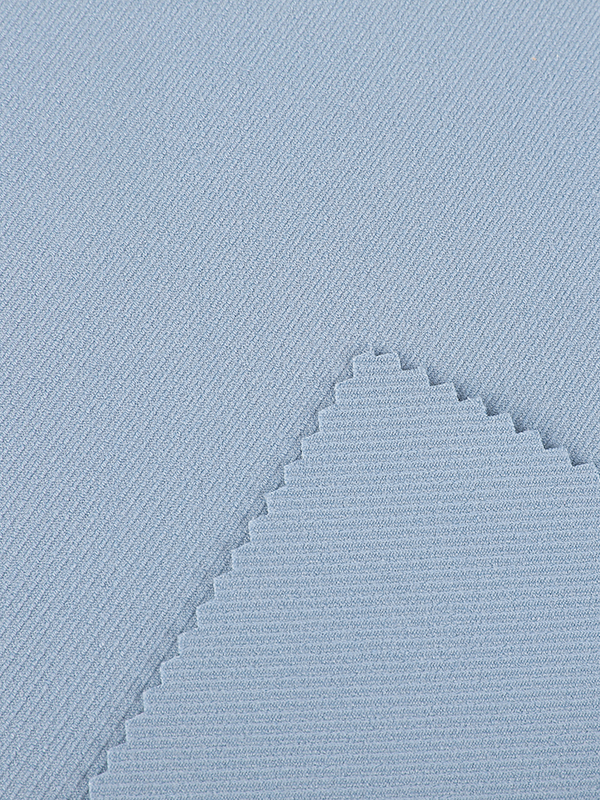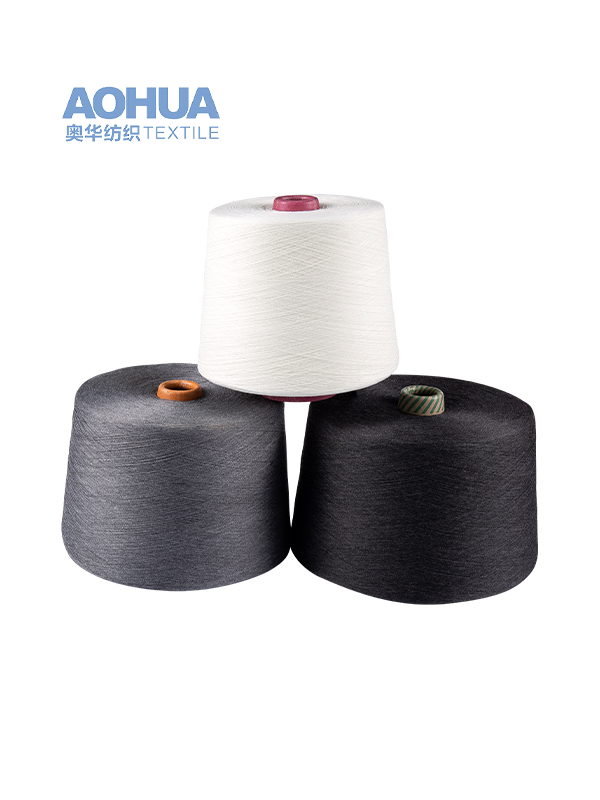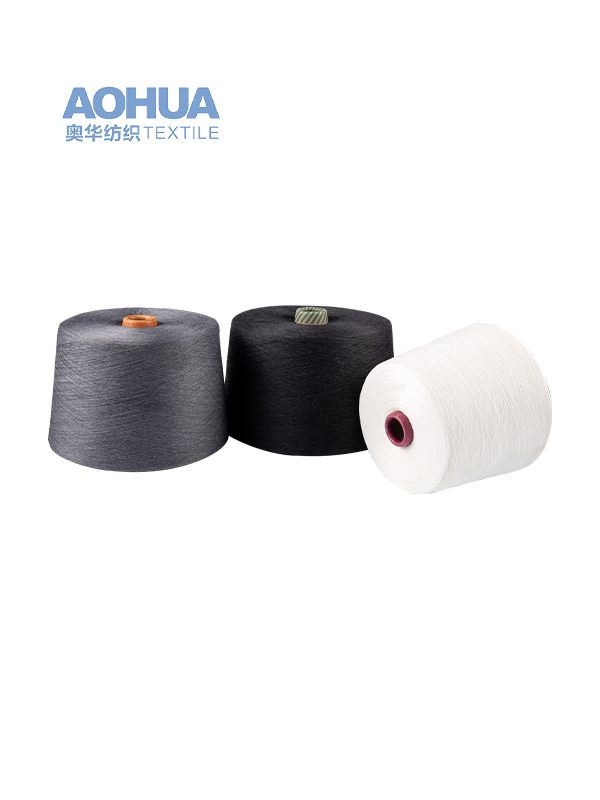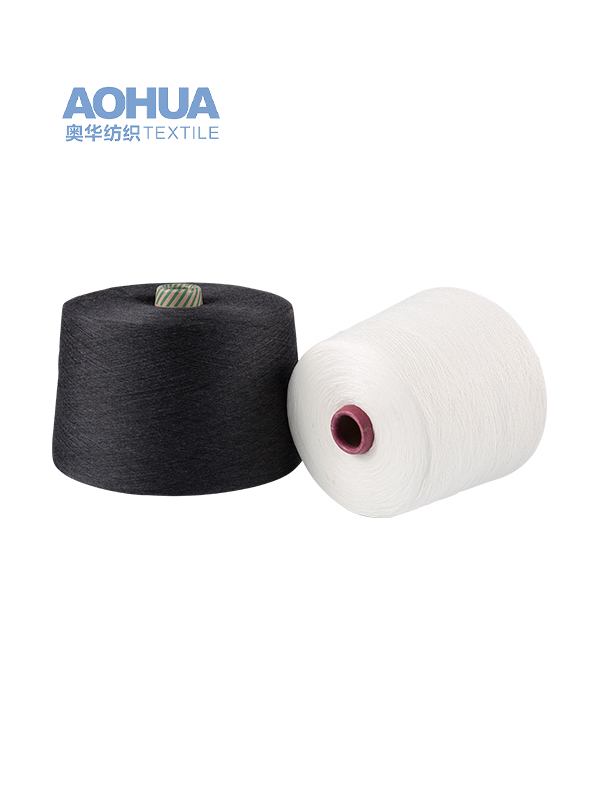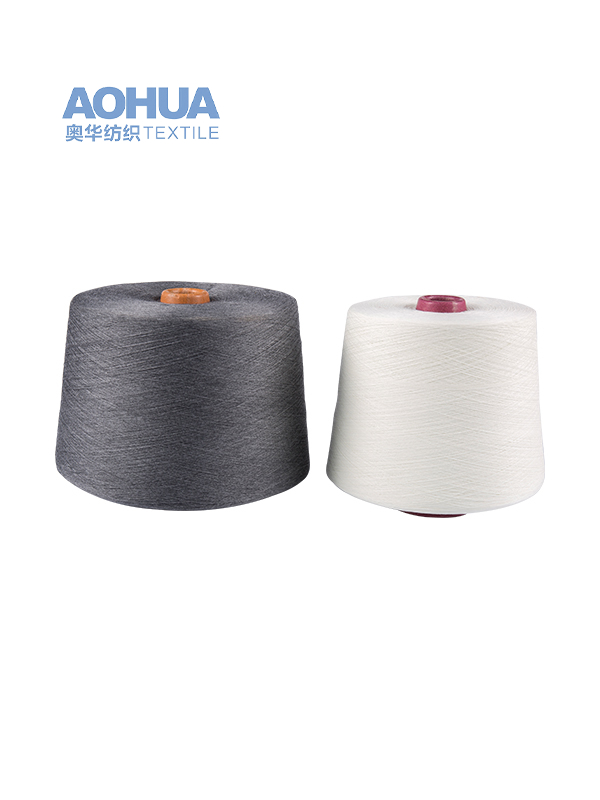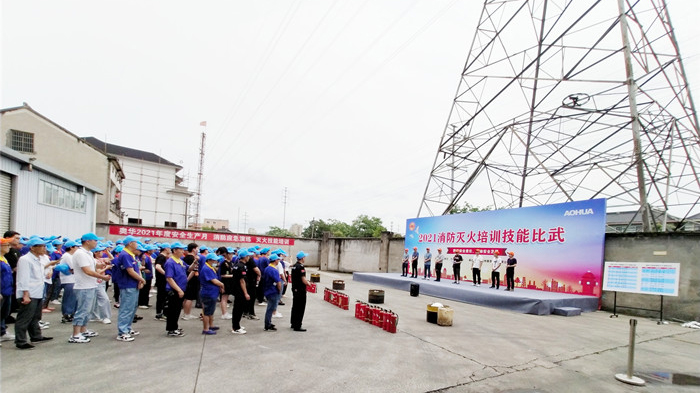We are a national high-tech enterprise. At present, there are many kinds of self-woven and cooperatively processed fabrics, including microfiber warp-knitted towel cloth, weft-knitted towel cloth, coral fleece, etc.
Improving the pilling resistance of woven fabric involves taking measures to reduce or prevent the formation of pills, which are small, fuzzy balls of fiber that can develop on the fabric's surface due to friction and abrasion. While it may not be possible to completely eliminate pilling, the following strategies can help enhance the pilling resistance of woven fabric:
Choose High-Quality Fibers:
Select high-quality, long-staple fibers, such as Egyptian cotton or Supima cotton, which are less prone to pilling than shorter fibers.
Fiber Blends:
Consider blending natural fibers with synthetic fibers like polyester or nylon. Synthetic fibers are generally more resistant to pilling and can enhance the fabric's overall durability.
Select the Right Weave Pattern:
Certain weave patterns, such as twill or satin weaves, are less prone to pilling than plain weaves. These denser weave patterns reduce the likelihood of loose fibers being pulled to the surface.
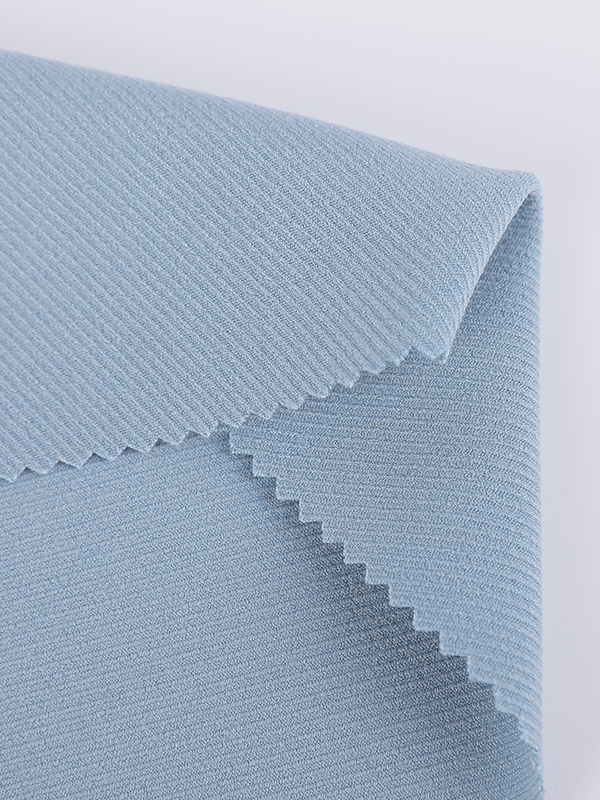

Yarn Tightness and Density:
Opt for fabrics with higher thread counts or thread densities. These fabrics have tightly packed yarns, which can help prevent the formation of pills.
Fabric Finish and Treatment:
Some fabric finishes and treatments can improve pilling resistance. Anti-pilling finishes create a smoother fabric surface, making it less susceptible to abrasion and pilling.
Reduce Friction:
Minimize friction and abrasion by choosing clothing or textiles that come into less contact with rough surfaces or other abrasive materials.
Use Fabric Softeners Sparingly:
Overuse of fabric softeners can actually reduce pilling resistance, as they can weaken the fabric fibers. Use fabric softeners as directed and consider using products specifically designed for high-quality fabrics.
Proper Laundering:
Follow the manufacturer's care instructions for laundering and avoid washing woven fabrics with items that have rough textures, like denim or garments with zippers, as they can cause friction and pilling.
Gentle Handling:
Handle woven fabric items gently to reduce friction. Avoid overloading the washing machine and use a gentle cycle when necessary.
Lint Removal:
Regularly remove lint and loose fibers from the fabric's surface using a lint roller or fabric shaver. This can help prevent the buildup of loose fibers that can lead to pilling.
Fabric Testing:
Prior to production, manufacturers can conduct fabric tests for pilling resistance, such as the Martindale abrasion test. These tests help identify fabrics that are less likely to pill.

 English
English 中文简体
中文简体
